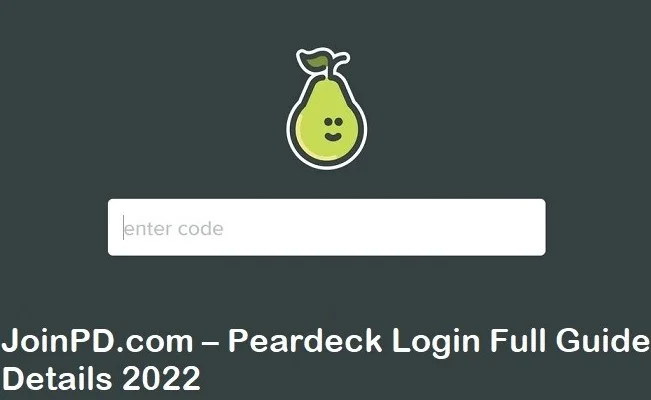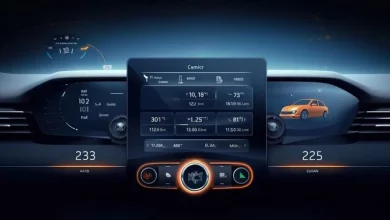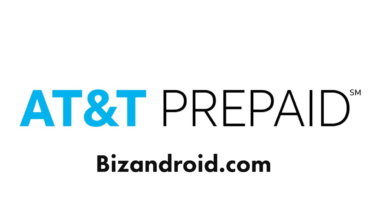JoinPD.cpm – Share Presentations With Your Students :

Introduction of JoinPD.cpm :
Teaching is hard. You have to create a lesson plan, prepare materials, find the space and equipment to display your presentation during class time, and then deliver that information in an efficient manner so that students can digest it all. That’s why you should choose tools that make this process a little easier for you—and for your students.
Create an account at https://joinpd.com/
First, you’ll need to create an account at https://joinpd.cpm/ and sign up for a free trial of the platform. You can then get started by creating your first class on JoinPD.cpm and inviting students to join it (this is where the student accounts come in). Once you’ve got your presentation created, it’s time to start sharing!
Set up classes, students and presentations
You’ll need to:
- Create classes.
- Create students.
- Create presentations. You can also upload presentations as well, but they must be in the PPTX format and not just your standard MS Powerpoint files.
- Set up a schedule for your course (like, say, every Monday morning from 8-9am). This way students know when their class will meet and can plan accordingly!
- Set up notifications for when new content is posted or added to the site – this way you can make sure that everyone knows about it ASAP instead of not finding out till later! Plus it helps keep everything organized so no one gets confused about which class has what information in it at any given time… 🙂
Presentations can be created from within JoinPD or imported from Google Slides
You can create a presentation from scratch within joinpd.cpm, or import a Google Slides presentation. You can also upload your own files to create presentations. If you want to use any other online presentation tool, that’s fine too! The only requirement is that it supports HTML (or whatever format its slides are using). This means that if you want to use some software other than Google Slides, like Prezi or Haiku Deck, they will work just fine with JoinPD.cpm
The next question is: what file type should I be uploading? You do not have to worry about this because we support all types of files and there are no technical requirements for uploading them (e.g., no size cap on video files). We have tested our system with everything from PDFs and JPEGs up to MP4 videos and even MPEG-4 files over 100MB in size. So go wild as long as it’s in an acceptable format (which is almost everything except .exe).
Use any web browser on any device to project your presentation (no special devices or software needed)
- Use any web browser on any device to project your presentation (no special devices or software needed).
- Your students can also watch a video, read an article, or participate in a live chat right on their own device while you present with the click of a button.
Your students can access your presentations through their own accounts on any device to follow along (with the premium version)
The great part is that your students can access your presentations through their own accounts on any device to follow along (with the premium version). This means they can view the presentations in their own time, anywhere. It’s a lot more convenient than printing out slides and trying to keep up with the pace of the teacher. Even better? With the premium version, students can even upload files for you to review and comment on before class. It really is an amazing way for teachers to get feedback from students or make sure everyone is caught up with assignments before heading into a new lesson!
Teach seamlessly using any tool you want.
Teach seamlessly using any tool you want. Whether you’re teaching in the classroom, online or both, PD.cpm makes it easy to share your presentations with students. Use whatever device and web browser you have access to—we support all of them!
Conclusion
So there you have it: a simple, easy way to share presentations with your students and have them follow along — for free. If you like the idea of this, please share with other teachers you know by tweeting about it!
In addition to the sections outlined above, each blog post should also include an introduction and conclusion. Below are some briefs for these sections:
Title of content: Yes, Good Grammar Is (Still) Important, and Here’s Why Label for this section: Introduction
What this section does: Provides context for the content in the blog post
Section summary/outline: Details how grammar has changed over time and how it continues to change today. It also touches on why grammar might seem unimportant to people.
Title of content: Are Digital Textbooks Revolutionizing Reading for Students? Label for this section: Introduction
What this section does: Provides context for the content in the blog post
Section summary/outline: Introduces readers to digital textbooks and discusses their pros and cons compared with traditional textbooks. Describes what these digital textbook apps look like when they’re opened up on a mobile device.
Title of content: 9 ways to kickstart your journey to a plant-based lifestyle Label for this section: Introduction
What this section does: Provides context for the content in the blog post about joinpd.cpm.
Section summary/outline: Defines what “plant-based” means; describes challenges that people may face while trying out a vegan lifestyle or diet; talks about why one might want to pursue plant-based living; gives an example of someone who made that change successfully.
You can build off our suggestions here or go in another direction entirely—it’s up to you! We don’t expect that any two writers will come up with exactly identical outlines or summaries based on them.







